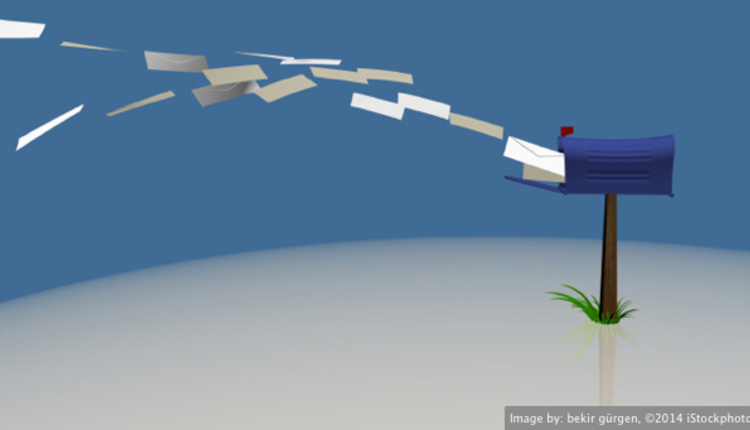
In the last post, I discussed evaluating the commitment to your print to mail operation. Albert Einstein said the definition of insanity is “doing the same thing over and over again and expecting different results.” Are you going insane?
If the decision has been made to “stay in the game,” your objectives, logically, ought to be decreasing labor costs per unit, increasing units produced per employee and reducing risk. Whether you are a large operation or small, the same processes will not generate increasing margins, regardless of volumes. In other words, “How can we squeeze more dollars out of the work we have?” Talk to any manager and this will be at the top of the list.
From an operations perspective, process improvement is the single most important objective. It is also the objective with the most teeth. It may not be sexy, like a merger, acquisition or landing that whale contract, but it keeps generating savings and revenue.
Print to mail is a manufacturing process. Yes, printers and machine operators can be artists, but how much of their time is spent on tasks that require those skill sets? How much time is wasted moving materials around the shop? How much time is wasted on repeatable manual tasks that require no thinking? How much time is spent filling out quality control sheets that add no value and won’t hold up to any serious audit? Henry Ford said, “If it doesn’t add value, it's waste.”
"Key to automating any manufacturing process is establishing a standard unit of work."
Manufacturers know automation is key to eliminating waste. Ford, and others like him, knew it and created an industrial engine that changed the face of America. How, then, can you automate repeatable physical processes in your operation to adapt to a landscape that requires it? You already have automation in many of your processes today. It’s everywhere in software, inserters, printers, finishing, forklifts, sorters, wrappers, etc. The waste lies in all the manual labor to connect those processes. In this post, I want to focus on the shop floor, where the last mile happens inside your four walls.
A typical CapStone assessment, where we are engaged to look at an operation for improvement, always looks deeply at the physical layout of the shop floor. From a bird’s eye view, see your shop floor and draw a line that encompasses a "day in the life" of a final produced piece. Does that line look like a bowl of spaghetti or a logical flow taking into account all the areas merging to the dock door for transport? Then add the time spent following that spaghetti or flow, separating out actual time spent producing the piece. Typically, time spent actually producing value or “what the customer is willing to pay for” is a fraction of the total time. That small fraction of productive time in comparison to the turn time is a value add and the rest is waste.
When you buy an iPad, smartphone, TV or anything in your everyday life, you pay for what you can hold. Would you pay more for an iPad that is $50 more because it had to spend more time on the shop floor moving around the plant to get produced? Of course not. Charges for typical services are market-based to a certain degree, so the automated shop will always be more profitable.
MORE: For Print to Mail Players, It's Time to Evaluate Your Commitment to the Business Model
Key to automating any manufacturing process is establishing a standard unit of work. The unit of work must be standardized, easily understood in terms of control and reporting metrics and a value add as seen by the customer. At the individual piece level, value-add time is measured in microseconds, which is not a meaningful metric. At the job level, wildly varying piece counts does not allow a standardized unit. The United States Postal Service (USPS) tray is a standardized unit with similar piece counts, a value add to customers and with an Intelligent Mail tray tag that is very traceable through the facility, the USPS and to the recipient.
As tray-based workflow is examined, it becomes evident that movement of trays through the factory can become truly automated. From print to inserting, traying documents, sorting, tray sleeving, palletizing, storage and shipping, each point in the workflow creates a manual touch elimination opportunity. An automated, unbroken physical chain of single unit (tray) flow enables increased efficiency and cost-per-unit reduction simultaneously, and it's not all theoretical. It's already happening at premier facilities that produce millions of pieces daily. By combining physical workflow solutions in automation, conveyance and robotics with virtual IT solutions up and downstream in the workflow, those organizations have closed the physical/virtual loop. By standardizing work units, these facilities can produce in a fraction of the time with a fraction of the workforce at equal or lesser pricing than their competition.
In the next post, we’ll examine how to validate the automation.















